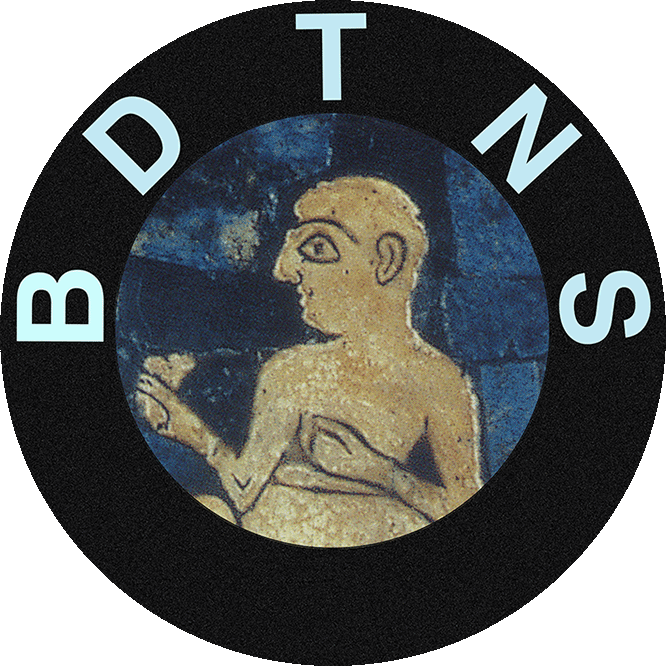|
Period |
Language |
Provenance |
Object |
Genre |
|
Ur III
|
Sumerian
|
Unkn. Prov. |
Envelope - Fragment |
|
|
Date |
Dates Referenced |
Measurements |
Seal |
|
SH44 - 04 - 00 |
|
48×40×22
|
S |
|
|
Owner |
Museum No. |
Accession No. |
Excavation No. |
|
Princeton University - Cotsen Children's Library, Princeton, NJ, USA
|
CCLC 189
|
52212
|
|
|
|
Publication
|
|
| Finkel, I. | 2009 | Idea of Writing, p. 18 | Edition (H) | | Wilson, M. | 2008 | EES 189 | Photo | | ––– | 2009 | CDLI P388382 | Resource (P) | | ––– | 2021 | ePSD P388382 | Resource (T) |
|
|
Author of Transliteration
|
| Transliteration of text | 2012 | Molina, M. ( BDTNS ) |
|
|
Remarks
|
«[189] Envelope shell with unexpected contents [52212] Ur III period: c. 2052. 4.8 x 4.0 x 2.2 cm. Upper half of an unbaked clay envelope shell. 6 lines of text.
This is the box-like shell of an envelope, the tablet it once enclosed now lost. Internal evidence identifies the city of Umma as the origin. As well as a cylinder seal impression, it bears a few broken lines of text about the receipt it once contained and the name of the scribe who wrote it, Abushuni. Below these is a clearly legible year name: mu si-mu-ru-um.ki ù HI.HI-bu-um.ki a-rá 10-Iá-1.kam ba-hul. This year name must correspond to that of year 42 of king Shulgi of Ur, in which the second topographical name is normally written "lu-lu-bu-um.ki," translated as: "The year that the cities of
Simurrum and Lulubum were destroyed for the ninth time." This means that the scribe is equating HI and LU, which can only be explained if HI here reflects the Sumerian optative prefix he... , normally written hé, which corresponds in Akkadian to lu. This is an equation that the scribe would have encountered while studying bilingual grammatical texts.»
[M. Wilson]
------
|
|
|
| Text |
|
|
|
|
|
[...] (beginning lost)
|
|
1'
|
A-b[u-šu-ni]
|
|
2'
|
šu ba-[ti]
|
|
r. 1
|
iti šu-numun-(na?)
|
|
|
(Seal)
|
|
2
|
mu Si-mu-ru-umki u3 HI.HI-bu-umki a-ra2 10 la2 1 kam ⌈ba-hul⌉
|
|
|
|
|
Seal 1
|
A-bu-šu-ni
|
|
2
|
dub-⌈sar⌉
|
|
3
|
dumu ⌈x x x⌉
|
|
| |
